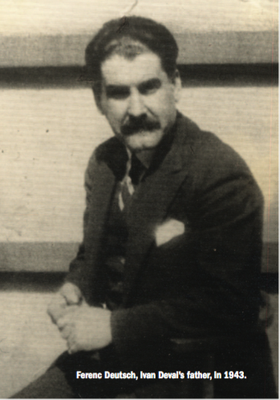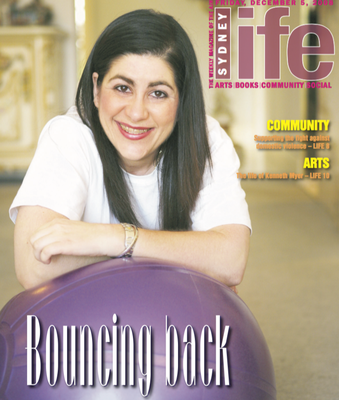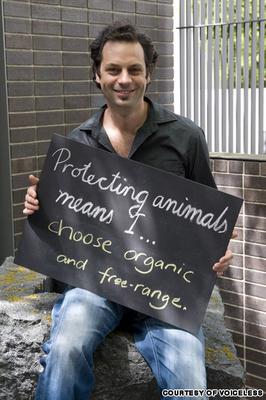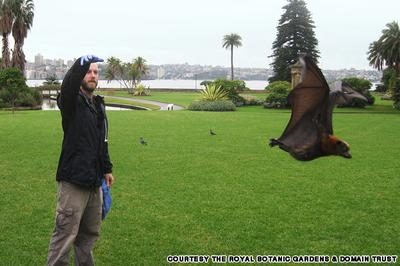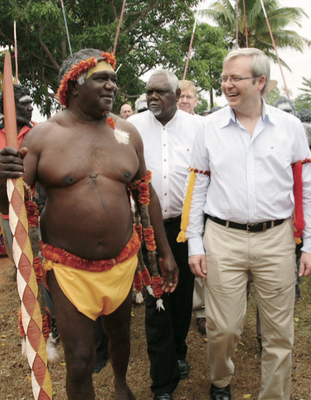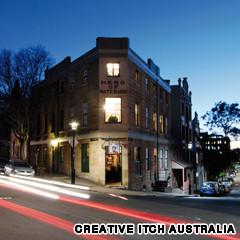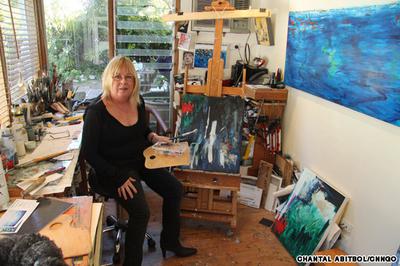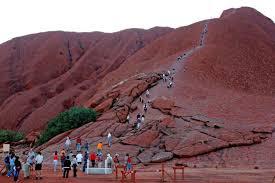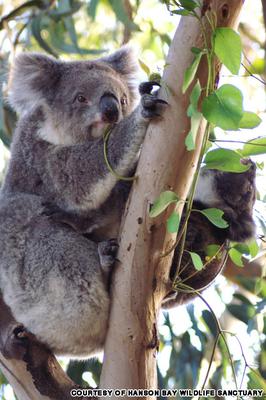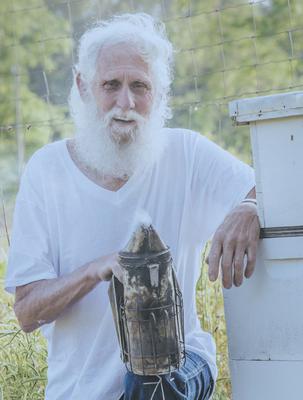
Australia grapples with policy on asylum seekers
(CNN) -- Abdul Farid Sufizada knew he was in trouble when a Russian-built jeep pulled up to his grocery shop one afternoon in northern Afghanistan. An unknown man jumped out and blindfolded him. He was shoved into the backseat and taken to an underground location where the Taliban had gathered a group of local young men.
"The Taliban have no heart," Sufizada said. "They killed young boys in front of me."
He was held for five days until his father managed to pay a foreman to release him. But af

